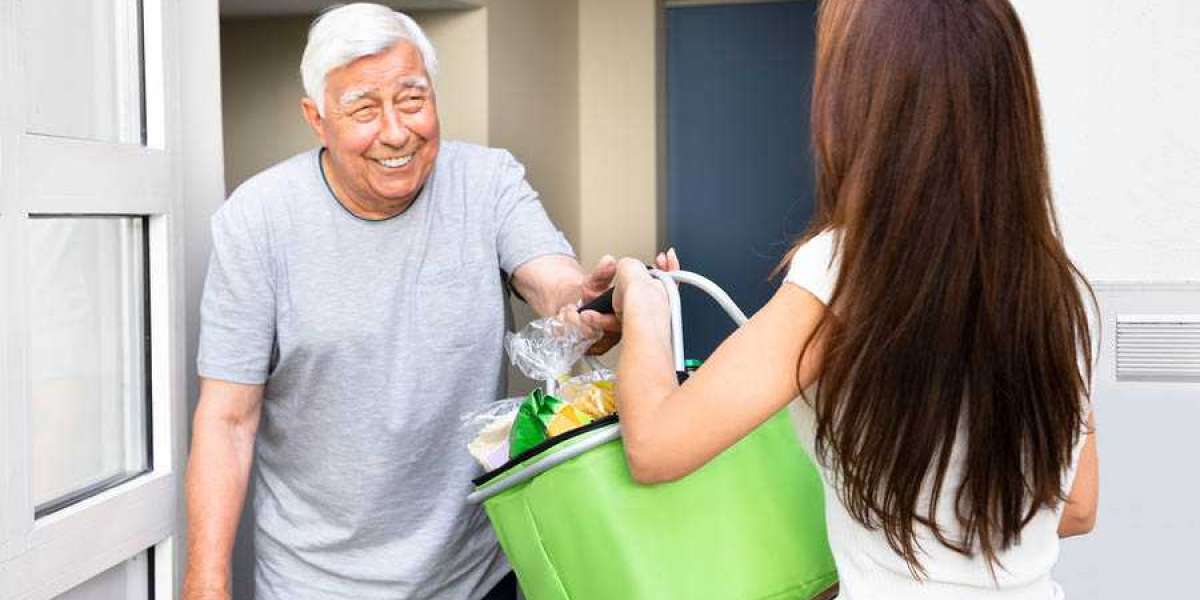Living in one's own house for as long as feasible is referred to as "aging in place," and it refers to a senior's goal and long-term strategy to remain in their current residence. The American Association of Retired Persons (AARP) conducted a survey and discovered that more than 75 percent of older persons choose to continue living at home, but the reality of aging in place is not without problems - particularly when one's health diminishes and requirements increase. It is fortunate that there are numerous adaptable products and security measures available to make remaining in one's house for an extended period of the time safer and more successful.
Products and equipment for the elderly
With increasing difficulty in performing everyday tasks, assistive gadgets may be utilized to increase a senior's level of independence. Determine whether or not any of the following items could be used to make a senior's house safer and more accessible by evaluating the current living environment.
Personal Emergency Response System (a wearable electronic device designed to summon help in an emergency)
A riser for the toilet seat
Attachment for the toilet that acts like a bidet
In the bathroom, grab bars should be placed near the toilet and the shower.
A showerhead that may be held in one's hand
Transfer bench for the bathtub and shower
Bathtub or shower with no steps or a walk-in shower
A bed that can be adjusted
Mattresses and mattress pads that are resistant to water
A table that hangs over the bed
Disposable incontinence underpads (sometimes known as "chux") are used to protect against incontinence.
Bed railings are a good idea.
Lighting throughout the house, including night lights, should be sufficient.
Medication organizers or alarm dispensers are both options.
Button loopers and zipper pulls make dressing a lot easier.
Clothing and shoes that are specially designed for people with disabilities
For people who are deaf or hard of hearing, touch-tone telephones with big buttons, speaker or hands-free capabilities, and/or text capabilities are recommended (TTY or TDD)
Seniors with weak vision can benefit from talking clocks and wristwatches.
A low-vision tool that can be used to help with reading and other tasks
Kitchen equipment that makes tasks such as opening cans and jars, peeling vegetables, and chopping and dicing materials easier and safer are available.
Specialized eating utensils and plates to make meals more convenient
Safety measures for kitchen appliances that automatically shut down
'Reacher/grabber' tools are useful for seniors who have inadequate grip strength and/or restricted movement.
Ramps for entryways with steps are available.
Stairlifts for multi-story residences are available.
All stairways are surrounded by sturdy rails.
Home mobility devices for senior citizens who are having trouble going around the house (e.g. cane, rollator, walker, wheelchair, motorized scooter)
Baskets or other additions for mobile devices that can be used to help carry goods are available.
Lift chairs are designed to assist those who have difficulties getting into and out of a seated position easily.
You may find these and other recommended helpful items and equipment in AgingCare's Senior Care Product Directory, as well as in other senior care publications. An occupational therapist can do an in-home functional assessment and make specific recommendations for your aging loved one if you need assistance identifying which of these things may be beneficial for him or her.
Seniors might benefit from services that can help them maintain their independence as well.
It's critical for caregivers and family members to pay close attention to how their loved ones are faring while aging in their current residences. The demands of an elderly person can change rapidly, but this does not necessitate the placement of that person in a long-term care facility. In the event that adaptive equipment has been beneficial to your loved one, but still requires further support or supervision, there are a variety of programs available to help them achieve greater independence both inside and outside the home. The most important thing is to keep an eye out for signals that a senior may be struggling with and to act on such signs as soon as possible.
Families who use transportation services, in-home care, or other elder options gain important peace of mind and relief from their caregiving responsibilities. Providing assistance to seniors in locating and purchasing the equipment and supports services they require will help to assure their safety and may delay or eliminate the need for senior living altogether.



